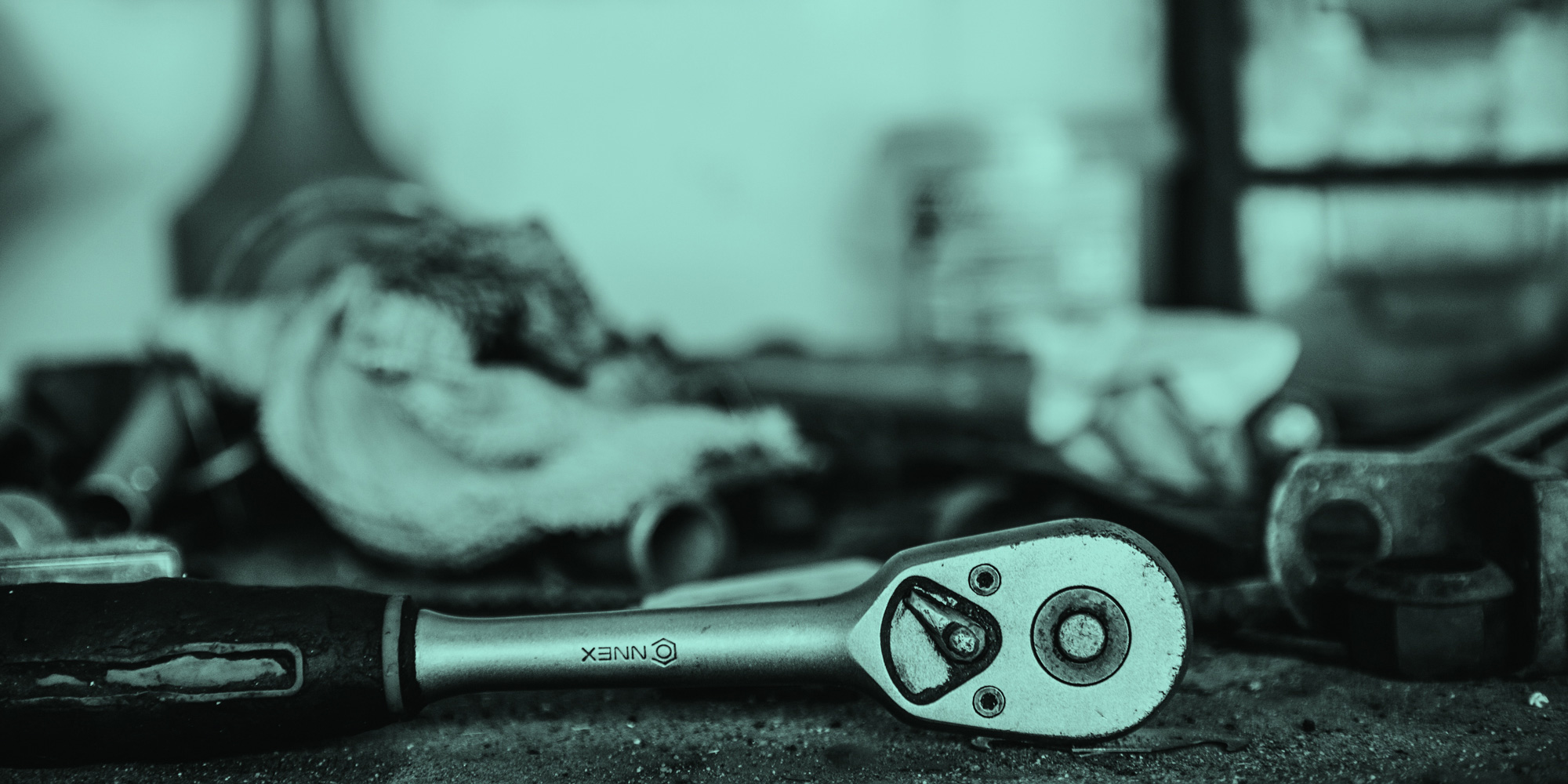Tesla has been doing it for years now and keeps impressing their customers and fans with it: Over-the-air (OTA) updates for the vehicle software. With the updated and improved software, the cars get additional features such as an improved battery management, increased efficiency or advanced vehicle dynamics control for a better ride – all of it basically overnight and without seeing the inside of a dealership.
Due to the increasing connectivity of modern cars, OTA will become a standard for most cars in not too many years from now. The advantages are obvious. Today, still most software updates for any vehicle are installed when the car is at the dealership for a regular service or maintenance stop. This, however, won’t be sufficient anymore once the digital functions reach a certain level. Imagine you’d have to go to the Apple store, every time your iPhone or an app on it needs an update. The digital functions of our cars will soon surpass those on our phones. Advanced infotainment features, car-to-x communication and most importantly the automated and autonomous driving functions will make it necessary, that all hardware can be supplied with state-of-the-art software regularly.
It is all about trust
While such updates are convenient, your iPhone doesn’t do a hundred miles an hour on the freeway in autopilot. And that is, where we should distinguish. OTA updates for infotainment and comfort functions are a great thing, cheap for manufacturers and hassle-free for customers. If it comes to autonomous driving, safety is the most important aspect and needs to stand above all else. Car manufacturers should ask themselves, whether they should really risk that something goes wrong, which could in the worst-case lead to an (fatal) accident. How can manufacturers guarantee that all updates have been delivered or installed correctly and how can they document and prove it in a potential court of law? These imponderables could in fact lead to a resurgence of service and repair shops. While it is often believed, that their end is near, due to the lower maintenance efforts for electric cars, the new technologies could instead result in a higher demand for trained and well-equipped specialists.

The dawn of the new car repair shop
The update-process of the future could look as follows: Car manufacturers train and equip specialists at the service shops, who are certified and reviewed regularly by authorities. The customer will receive the information about an available update from the car, which will also differentiate between a mandatory (safety-relevant) update or bugfix or a voluntary update for improved or additional functionalities, which could be fee-based or free of charge. At the service shop, the trained specialist will find the right update, check if everything fits with the car, install the update and document the completed operation.
This approach, of course, demands a range of preparations. Trainings, as well as tools and processes need to be designed and established correctly – possibly in a joint effort by the whole car industry and according to a defined framework, so authorities can certify them. Industry experts could feel reminded of the Automotive SPICE standard, a framework developed by several international manufacturers to create a common assessment scheme for the development process.
Another interesting aspect following the installation of updates is the testing of the new software. Updates of functions, which alter the ‘brain’ of an autonomous car, can change how it reacts in various situations. And although manufacturers will certainly do their best to create software which works even better, with the increasing number of updates, they just won’t be able to run the same number of tests as they do today. This could lead to different scenarios: The software could, for example, be distributed to key-users and beta-testers, volunteering to test the software in exchange for rewards. It is also imaginable, that the software automatically works in a kind of safe-mode for the first couple hundred kilometres, during which the system can monitor itself and then unlock the full functionalities if no problem occurred.
Moving forward
A lot of unanswered questions remain, which car manufacturers and policy-makers need to address soon so autonomous cars can hit the road within the next decade. Questions, which are essential to the safety of road users, but also questions which could lead to new business models and revenue streams.
With our experience in the automotive world, our knowledge of implementing normative frameworks and our connection to tech start-ups, accilium is prepared to assist in finding answers to those questions!

 ISO/IEC 27001:2013 certified
ISO/IEC 27001:2013 certified